Hiking solo in nature parks can be a thrilling and rewarding experience. It provides a chance to explore the natural world, breathe in fresh air, and get away from the hustle and bustle of everyday life. However, hiking alone can also be dangerous if proper precautions are not taken. I’m not that daring to hike alone, but you are, please follow some of these safety tips.
Table of Contents:
Here are some of the best safety tips when hiking solo in nature parks:
Know the trail and the area
Before heading out on a hike, it is essential to research the trail and the surrounding area. Make sure you know the distance, elevation gain, and difficulty level of the hike. Knowing this information will help you prepare for the physical demands of the hike.
Additionally, you should research the surrounding area to understand the wildlife and potential hazards. If you are hiking in bear or cougar country, you should know how to react in case of an encounter.
Similarly, if you are hiking in a desert area, you should understand the signs of dehydration and how to prevent it.
Let someone know your itinerary
One of the most important safety tips for hiking solo is to let someone know your itinerary. Before heading out on your hike, tell a trusted friend or family member where you are going, how long you plan to be gone, and when you expect to return.
If something goes wrong, this information can be critical in helping search and rescue teams find you.
Carry a map and compass
While many nature parks have well-marked trails, it is still essential to carry a map and a compass that is compact for hiking. A map can help you navigate if you get lost or disoriented, and a compass can help you find your way even if you don’t have a clear view of the sky.
Make sure you know how to use a map and compass before heading out on your hike. Additionally, consider downloading a GPS tracking app or bringing a GPS device to help you navigate.
Bring enough water and food
Proper hydration and nutrition are essential when hiking solo. Make sure you bring enough water to stay hydrated throughout the hike. The general rule of thumb is to carry at least one liter of water for every two hours of hiking.
Additionally, bring enough food to keep your energy levels up. Pack snacks like nuts, energy bars, and fruit to eat along the way.
Wear appropriate clothing and footwear
Wearing appropriate clothing and footwear can make a significant difference in your safety and comfort when hiking solo. Wear lightweight, moisture-wicking clothing that can keep you cool in hot weather and warm in cold weather.
Additionally, wear sturdy hiking boots with good ankle support and traction. Make sure the boots are broken in before the hike to avoid blisters and other foot injuries.
Carry a first aid kit
A first aid kit (even a mini first aid kit like this one) is a must-have item when hiking solo. Pack bandages, gauze, antiseptic wipes, and any other items you may need to treat minor injuries. Additionally, bring any prescription medications you may need.
Make sure you know how to use the items in your first aid kit before heading out on your hike. Consider taking a wilderness first aid course to learn how to respond to more severe injuries.
Bring a personal safety device
In case of an emergency, having a personal safety device can be critical. Consider carrying a bright orange hiking whistle to wear around your neck, a personal alarm, or a satellite communication device. These devices can help you signal for help or alert others to your location in case of an emergency.
Stay on the trail
While it may be tempting to explore off-trail areas, it is essential to stay on the designated trail. Venturing off-trail can be dangerous, as you may get lost, encounter wildlife, or stumble upon hazardous terrain.
Additionally, going off-trail can damage the environment and disrupt local wildlife.
Be aware of weather conditions
Weather conditions can quickly change when hiking in nature parks, so it is essential to be aware of the weather forecast before heading out on your hike. If there is a chance of thunderstorms or other severe weather, consider postponing your hike. If you do encounter severe weather while hiking, seek shelter immediately.
Additionally, be aware of temperature changes throughout the day. Dress in layers to adjust to changing temperatures, and bring rain gear in case of unexpected precipitation.
Practice Leave No Trace principles
When hiking in nature parks, it is essential to practice Leave No Trace principles to protect the environment and wildlife. This includes packing out all trash, avoiding disturbing wildlife, and staying on designated trails. The goal is to leave the area as you found it, so future hikers can enjoy the same experience.
Trust your instincts
When hiking solo, it is crucial to trust your instincts. If something feels wrong, don’t ignore it. If you feel unsafe or uncomfortable, consider turning back or finding a safe place to wait until you feel ready to continue.
Additionally, if you encounter other hikers or wildlife, trust your instincts about whether to engage or avoid them. Remember that you are responsible for your safety, so make decisions that prioritize your well-being.
The End of the Trail
In conclusion, hiking solo in nature parks can be an incredible experience, but it is essential to take proper safety precautions. By researching the trail and area, letting someone know your itinerary, carrying a map and compass, bringing enough water and food, wearing appropriate clothing and footwear, carrying a first aid kit, bringing a personal safety device, staying on the trail, being aware of weather conditions, practicing Leave No Trace principles, and trusting your instincts, you can have a safe and enjoyable hike.
So get out there, explore nature, and have a great adventure!
Did you enjoy this information?
If you enjoyed reading this blog post and found these tips helpful, be sure to subscribe to Michelle Valentine’s email newsletter for weekly travel tips, new destination ideas, and more. There is always more to learn and discover, and we encourage you to continue exploring and educating yourself about hiking safety.
Do you have a tip to add?
If you have a tip or trick that you think would be useful for other hikers, please share it in the comments below. Your knowledge and experience can help make hiking safer and more enjoyable for everyone.
Remember, the more we learn from each other, the better prepared we can be for any challenges that may arise on the trail.
We hope that these safety tips will help you feel more confident and prepared when hiking solo in nature parks. Remember to always prioritize your safety, be aware of your surroundings, and enjoy the beauty of nature with caution and respect. Happy hiking!
____
Image by Pexels from Pixabay










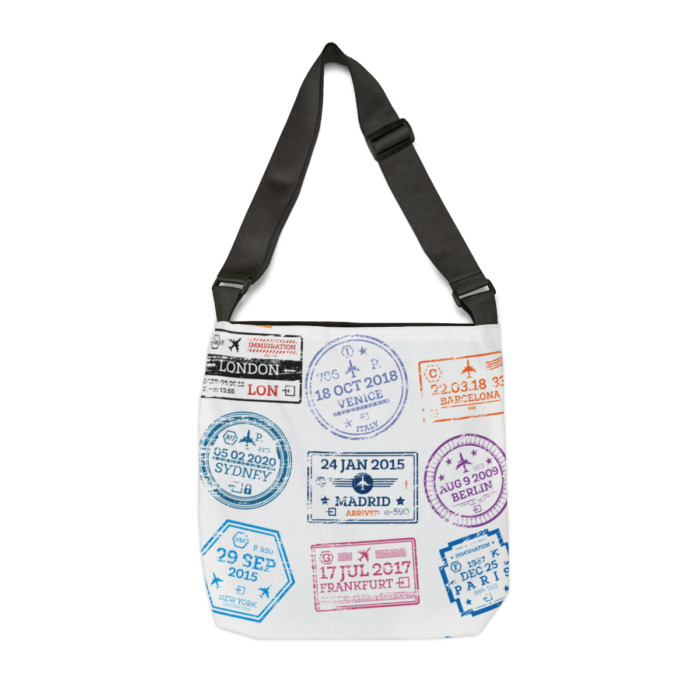

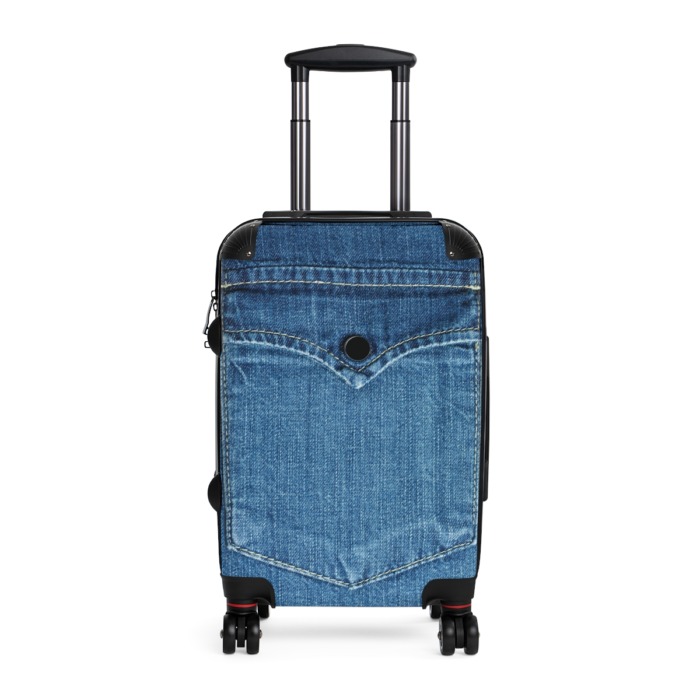
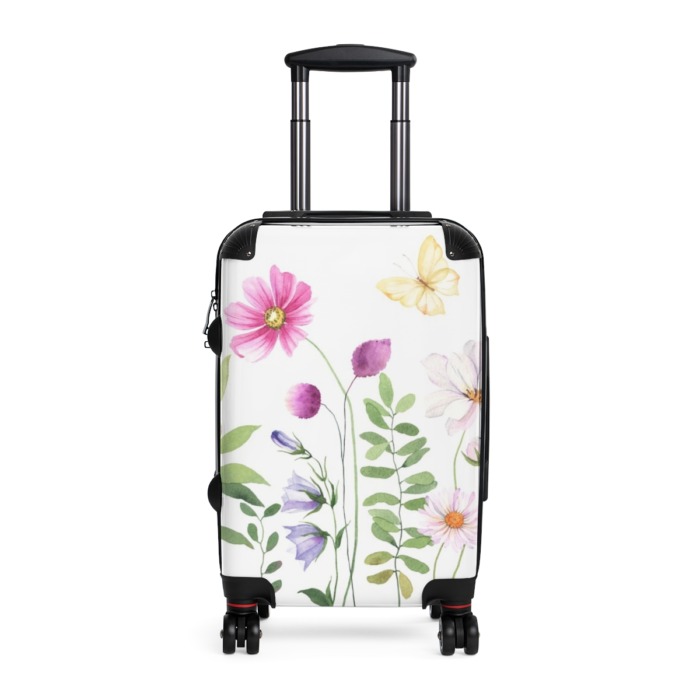










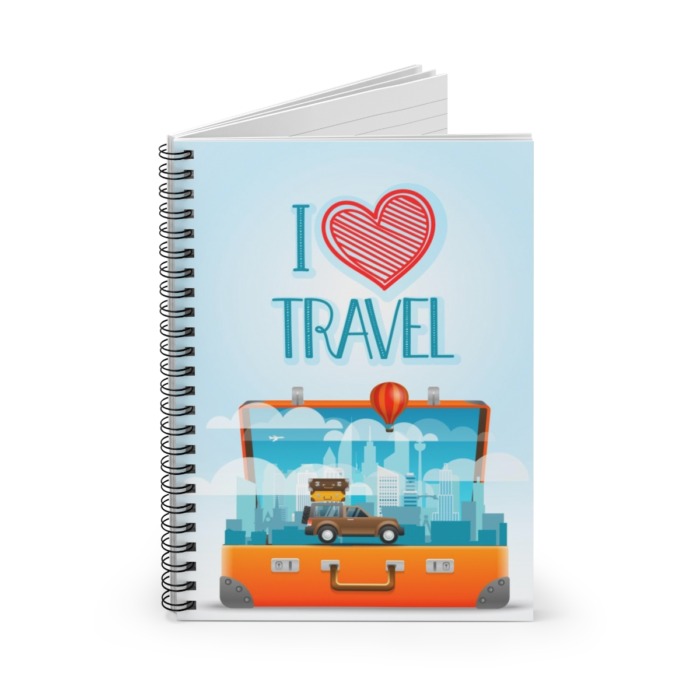
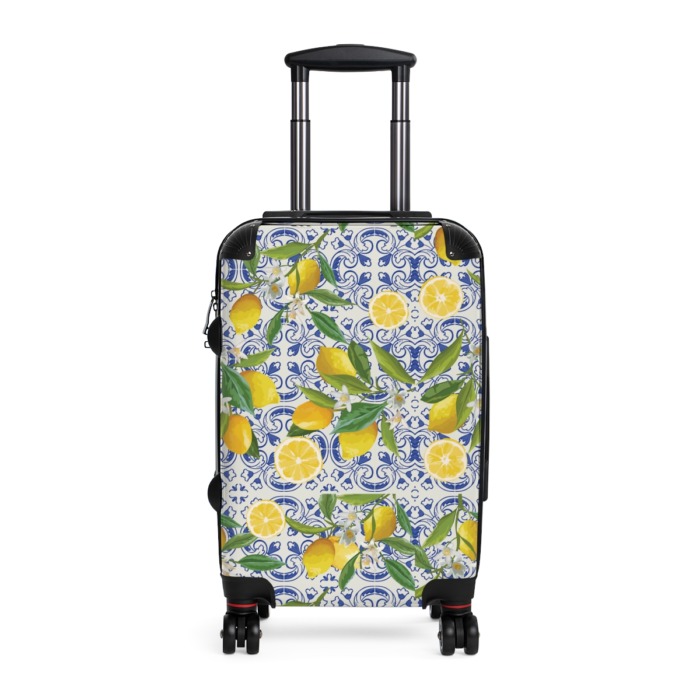


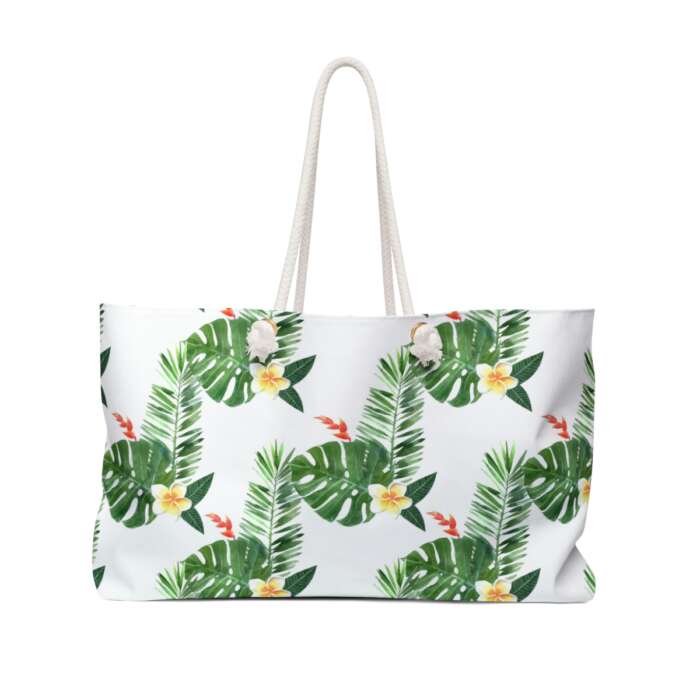
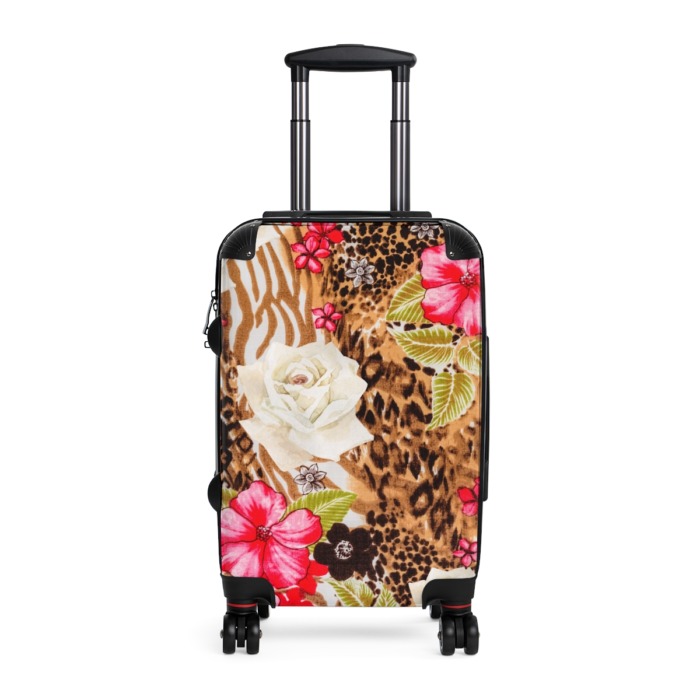


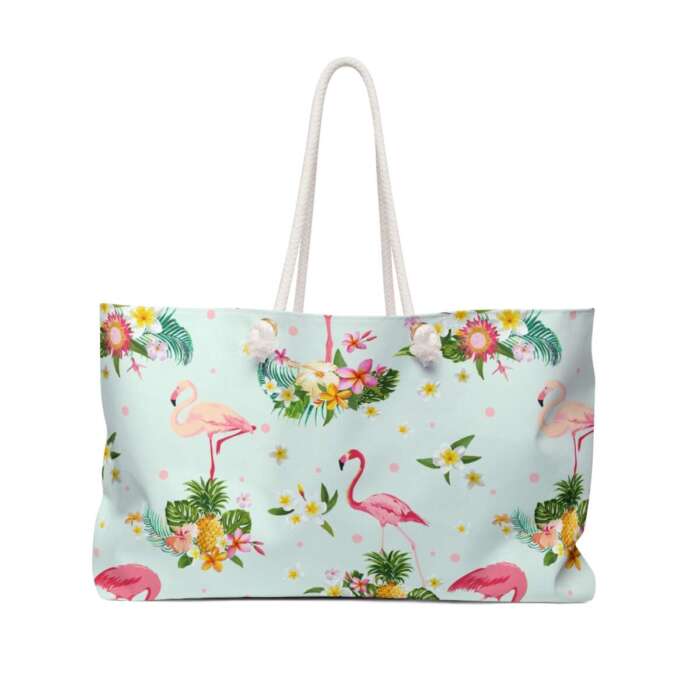
Leave A Comment